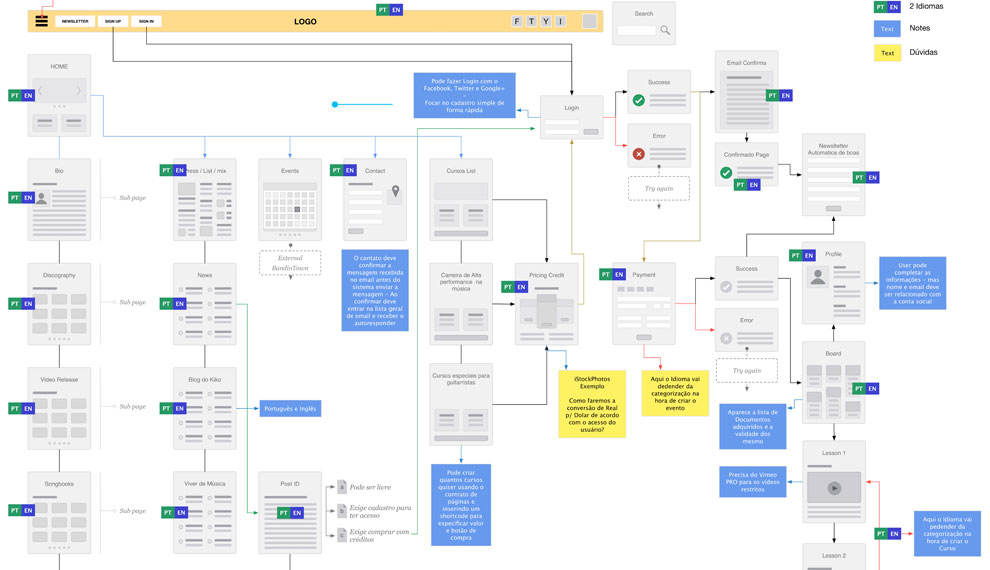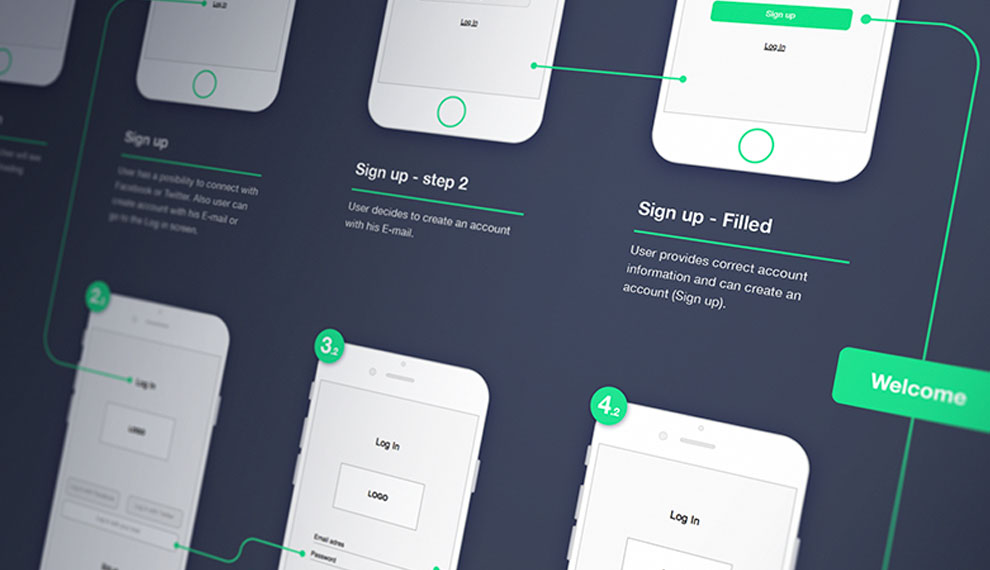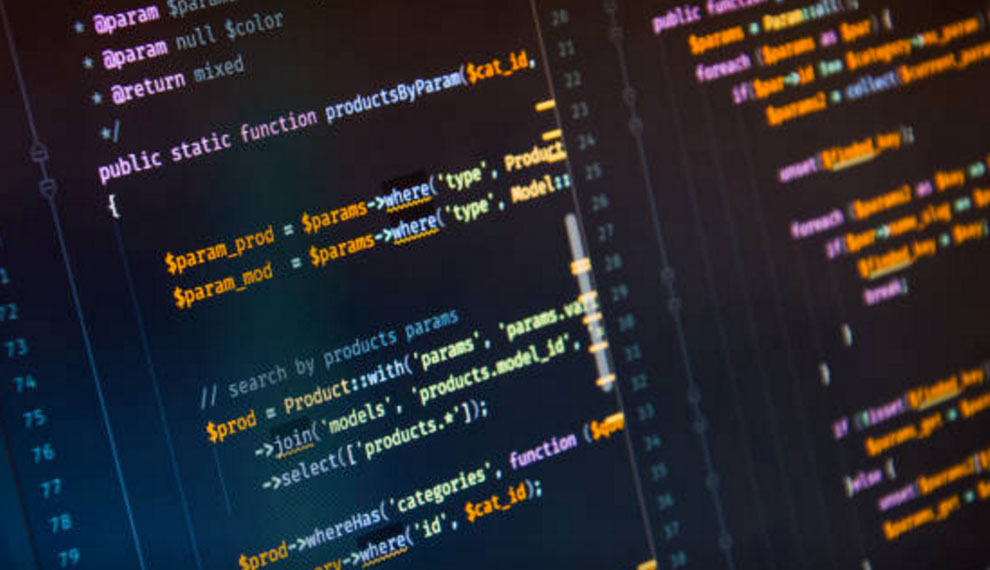
Give a man a fish, and you feed him for a day. Show him how to catch fish, and you feed him for a lifetime.
Anne Isabella Thackeray Ritchie

I HELP TEAMS FISH BETTER.
my Approach & process
On every project, I don’t just follow the process once, I set the team up with the ability to continue this process when I leave. Whether that means documentation, guideline documents, workshops, template repositories or something else – I try to leave every team better and more empowered than I found it. My goal isn’t to get you to keep hiring me (although that’s nice too!) but to give you what you need to maintain a consistent experience after I’ve gone. I want to make your product better together.
The UX Process

Understanding the Problem
In order to solve the problem, you need to understand the problem. Get the facts. What data are you working with? What platforms will you be deploying to? Are there any special dependencies, such as ‘user must be logged in’ etc?
What are the timelines? If the timeline is short, is there anyone you could ask to help out? Do you need to collaborate with other departments, and if so, how can they support you?
What are the goals and expectations of this project or feature? What would success look like? This sort of information will guide you through the design process and help you propose a solution that will suit everyone.
Asking these questions will also ensure that the project is well thought out. Sometimes it’s possible that a stakeholder has a great idea for a feature, but the details haven’t been fully realised.
Asking these questions will save time in the long run by making sure that the project has been considered fully by management before arriving on your desk.
Sometimes it can save time if you can clarify the goals of the project by doing some rough sketching on the whiteboard – just to get a basic understanding of the project goals. But if you’re happy with the facts, it’s time for step 2.
Brainstorm: What do we want to build?
This is where we identify stakeholders and audience, gather initial ideas, and talk about what everyone involved want to accomplish. If the project allows, we might even do some Idea Generation games! This part is really fun – the sky is the limit and there are no wrong answers (yet).

Research: Who are we building it for, and what market are we building it in?
Research can include any combination of things, depending on what’s appropriate for the project. Here are some of the most common things I personally do:


Market Analysis: Who are we competing with? How close are our product offerings, and who does which part better?

Demographic Analysis & Personas: Who is our audience? What are they like?

Why would they use our product? Are we trying to change their behaviour?

SWOT Analysis: What are our project’s strengths, weaknesses, opportunies and threats?

Stakeholder Feedback: Conversationally vetting ideas among a wider group of stakeholders

Focus Groups: Even before we’ve wireframed, it can be helpful to speak to our audience and gather thoughts that are pure untouched perception.

Plan
What features should we include? How do they work? What do they look like?
At this stage, we narrow down all the ideas into an MVP (Minimum Viable Product). What really needs to be in the app for version one? From there, we’ll wireframe and determine the basic screen flows.

Keeping Working
This is also the stage when initial UI designs will be created. A prototype will be created. This may include either a very thin layer of UI, or full mockup-style designs.

At this point, you’re going to hold something in your hand that looks and feels like a real product.

We’ll test flows with users to get feedback to observe how they interact with the app. What level of wireframe vs prototype vs mockup is necessary depends on the project, but the outcome is always the same – A solid understanding and confidence of what is being built in the next stage.
Execute – The Down & Dirty
Development begins. Full specifications are sent to development teams including everything from wireframes, user flows, use cases, database schemas, etc. I then support the development team through the process, making sure that issues and questions are resolved as soon as they arise. After development is completed, we do another round of user testing to make sure we got it right, and we get that thing into production.

Observe & Learn
What did we do right? What could we have done better? What’s changed?
This phase can be days, weeks or months depending on the project. We’ll watch analytics, reviews, social media and other sources. This real-life data is used to wrap back around to the Brainstorm phase for the next version of the app.
